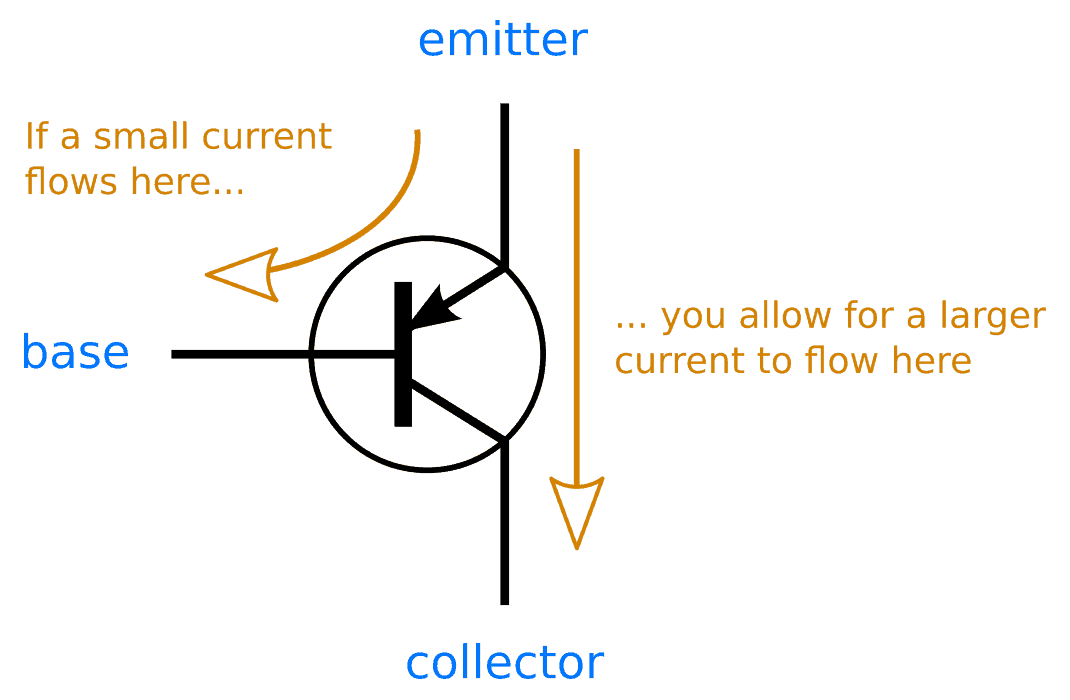Pnp Transistor Presentation
| Introduction to PNP Transistors | ||
|---|---|---|
| PNP transistors are one of the two main types of bipolar junction transistors (BJTs). They are commonly used in electronic circuits for amplification and switching applications. PNP transistors consist of three layers of semiconductor material, namely the emitter, base, and collector. | ||
| 1 | ||
| Operation of a PNP Transistor | ||
|---|---|---|
| In a PNP transistor, the emitter is made of p-type material, while the base and collector are n-type material. The base-emitter junction is forward-biased, allowing current to flow from the emitter to the base. The collector-base junction is reverse-biased, preventing current flow from the collector to the base. | ||
| 2 | ||
| Amplification with PNP Transistors | ||
|---|---|---|
| PNP transistors can be used to amplify weak signals in electronic circuits. When a small input current is applied to the base-emitter junction, a larger output current flows from the collector to the emitter. This amplification effect allows PNP transistors to boost signal strength, making them useful in audio amplifiers and other applications. | ||
| 3 | ||
| Switching with PNP Transistors | ||
|---|---|---|
| PNP transistors can also be used as electronic switches. When the base-emitter junction is forward-biased, the transistor is in the "on" state, allowing current to flow from the collector to the emitter. When the base-emitter junction is reverse-biased, the transistor is in the "off" state, blocking current flow. | ||
| 4 | ||
| Advantages and Limitations of PNP Transistors | ||
|---|---|---|
| Advantages:
- PNP transistors are easy to use in circuits due to their simple structure.
- They can handle higher power levels compared to some other transistor types.
- PNP transistors have good linearity, making them suitable for audio applications. Limitations: - PNP transistors have slower switching speeds compared to some other transistor types. - They require a negative power supply voltage, which can be a limitation in some circuits. - PNP transistors are less commonly used than their NPN counterparts. Note: This presentation provides a brief overview of PNP transistors and can be expanded upon for a more in-depth understanding of the topic. Your third bullet |  | |
| 5 | ||



